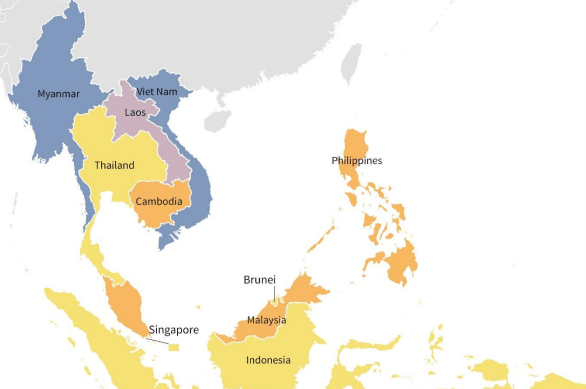The European Union and the Association of Southeast Asian Nations (ASEAN) have a much higher share of manufacturing in their exports.
First, whether we consider gross exports or the domestic value-added content of exports, manufacturing exports still account for the bulk of merchandise trade. This partly reflects the maturity of the economies.
Second, because the extraction of primary products such as minerals and energy is relatively modest, the share of manufacturing exports appears even larger in the OECD Trade in Value Added data (TiVA, about 95 percent) than in gross exports (about 80 percent).
The fact that most of these raw materials are initially imported from outside the region, especially to the Netherlands, before being re-exported elsewhere, explains this difference.
This feature recalls the potential drawback of using gross exports as an indicator of the production capacity of any economy and indicates the value of the TiVA data.
A comparison of the two types of data for the European Union (a group with complete and high quality data) shows that the increase in its exports to the developing world follows the same pattern.
ASEAN
Similarly, the share of commodity exports in gross exports increased between the late 1990s and early 2010s, and this trend also appears, albeit more modestly, in the TiVA data.
These similar patterns suggest that it may be appropriate to consider gross exports data if TiVA coverage is more limited, especially if we look at the evolution of shares, rather than their absolute levels
In ASEAN, the data paint a similar picture, with exports characterized by a large share of manufactures.
In fact, when measured using domestic value-added content, manufactures typically generate more than 80% of total merchandise exports, and this share is similar across all partner countries.
It reflects the existence of a dense regional manufacturing production network that supplies the entire world, especially in the electronics industries, as well as the relatively low endowments of primary products, especially in some of the larger economies: Malaysia, the Philippines, Singapore and Thailand.
![]()

